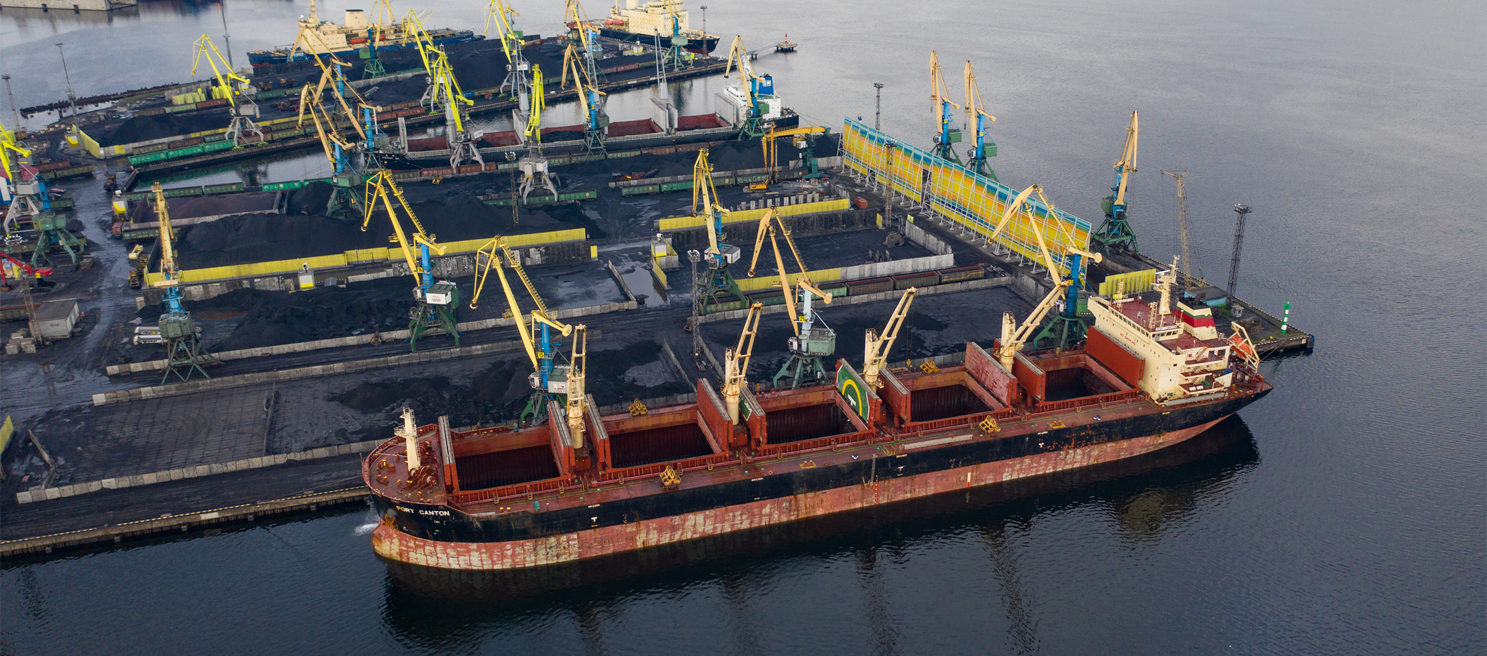Summary
The week ahead is marked by significant economic data releases, including inflation figures and industrial production reports. The European Central Bank (ECB) is expected to maintain its interest rates, with potential cuts speculated for June. Inflation rates vary globally, with Argentina facing a staggering 315% year-on-year increase in February, contrasting with Brazil's projected decrease to 3.8%. China's inflation is anticipated to rise to 1.2%, accompanied by improvements in the producer price index. Industrial production continues to decline in several regions, with notable contractions in Italy and Japan. Conversely, Mexico and India show modest growth. Economic forecasts also include estimates of GDP growth, with Singapore's Q1 growth expected to surpass previous quarters. Additionally, trade dynamics and energy market trends, particularly in oil, remain under scrutiny. The US Treasury Secretary's discussions in China center on industrial overcapacity, echoing long-standing concerns about protectionism and trade barriers. Such policies may temporarily protect domestic markets but could lead to unintended consequences and disruptions in global trade patterns. Despite these challenges, China's exports remain robust, reflecting ongoing shifts in manufacturing and trade routes.
The EIA published its Short-Term Energy Outlook for April. The agency has also updated its International Energy Statistics for 2022. The EIA has upped its demand assessment by 0.8 mb/d for that year from last month’s report. the EIA calculates the balance of the market to tighten considerably in the second quarter, with inventory draws of 0.9 mb/d. However, from Q3 onwards, the market should be in balance.














